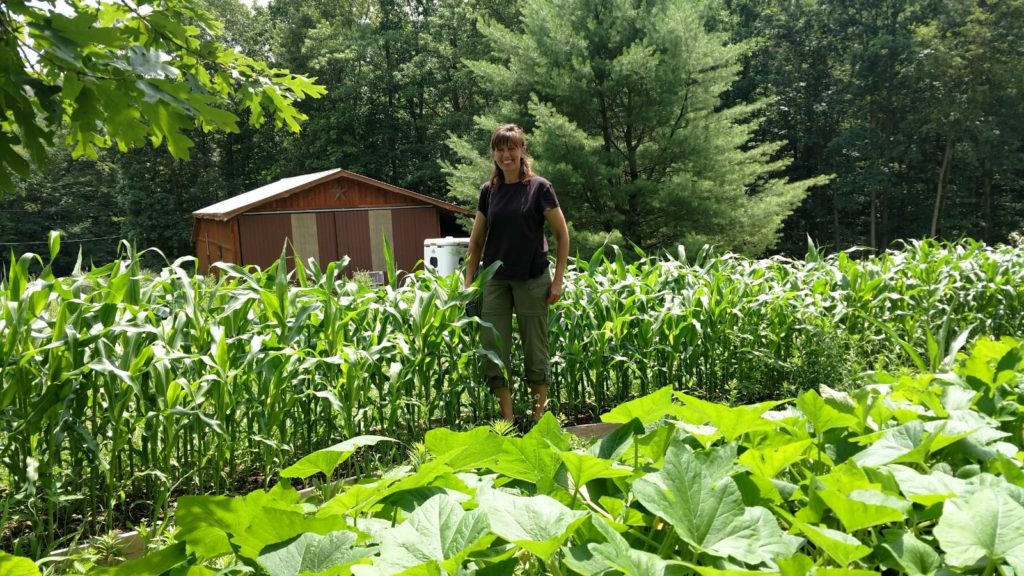
Usually by now I have my garden planned out and my seed ordered. I’m a little behind this year, but not to fear there is still plenty of time. I was asked to share how I go about planning the garden. Our gardens are grown for retail sale of produce so are more extensive, but the concept is the same as planting a kitchen garden or even a small garden. So as not to overwhelm, let’s keep the example simple, but remember it can be applied to any sized garden.
I should also probably mention that we use a raised bed gardening system. We base our production and sales on a per square foot basis and we intensely plant. We also succession plant which means that we try to always have something growing in the space. When one crop is finished, another goes in. This allows us to use the available garden space more effectively than gardens that only host a single crop per season. This is a little different than a large per acre production model or even a row model (usually based on 100’ segments). For simplicity, it is our unit of measure and by no means is the only way of looking at space planning.
The first step to garden planning is to decide what you want to grow. If you are planting a small garden, choose your favorite vegetables. If you are growing a kitchen garden, choose what you like to eat fresh along with those vegetables you want to store by canning, freezing, or drying for later use. Since we are a commercial enterprise, we look at what the market is requesting along with what sales and net profit value we get on a per square foot basis.
I have attached a PDF file showing items we grow. This is a summary, and the information is general. Some of the information may be different from information you see in seed catalogs. Many factors go into obtaining the information. For example, seed germination rates will vary depending on variety of a vegetable, the temperature of the soil, sometimes daylight hours depending on the seed type, etc. This chart is just for generalizing. Gardening is not an exact science and truth be told your garden will never go as planned so all you perfectionists (me included) have to learn to get over it.
Once you decide what you want to grow, decide how much of it you want to grow. Let’s say all I want is tomatoes. The chart indicates the yield for one tomato plant is 2-6 pounds. Let’s go with an average of 4 pounds per plant for simplicity. I decide that I want to grow 20 pounds of tomatoes. Using this information, I would need to grow 5 tomato plants. So, does that mean I only need 5 seeds? NO!!!
You see, there are two major factors that plague every gardener. One is the germination rate. For tomatoes, on average only 75% of the seeds germinate (see the chart). The second major factor is Mother Nature. Some years she’s a sweetheart and others, well, not so sweet. Determining a “Mother Nature” factor is the most difficult task. If you have terrible soil, expect a drought, garden in a pest prone area, expect horrific weather that year, or are the most pessimistic gardener on the planet, your “Mother Nature” factor will be a very low percentage. If you are an optimistic gardener with excellent soil, perfect weather, and no pests, then your “Mother Nature” factor will be a high percentage. (On a side note, if you are the optimistic gardener with the perfect soil, weather, and no pests, please step forward. Us struggling gardeners need to meet you!).
Now, comes the math. For you math deficient folks I will make this as easy as possible, so bear with me. We know we need 5 good plants to produce our desired 20 pounds of tomatoes. We know our germination rate is 75%. For this example, I will give “Mother Nature” a factor of 70%. Start by multiplying the two factors together. So:
75% x 70%
Or
0.75 x 0.70
Or
0.525
Next divide the number of plants needed by this result. We need 5 good plants, so:
5/0.525
Or
9.5238095238
Or
10 (round up!)
This tells me I need to order 10 seeds to get my desired 20 pounds of tomatoes.
Of the 10 seeds, 75% will germinate or 7.5 plants. Let’s round down to 7 plants so that it makes sense. 7 good plants will produce 28 pounds of tomatoes. Except, “Mother Nature” steps in. Of your 28 anticipated pounds, you will only get 70% (“Mother Nature” factor) or 19.6 pounds, rounded to about 20 pounds.
If you have the space and this is all you want to grow. Go ahead and order your seeds.
For those that either lack space or want to grow other vegetables, proceed to Part 2.